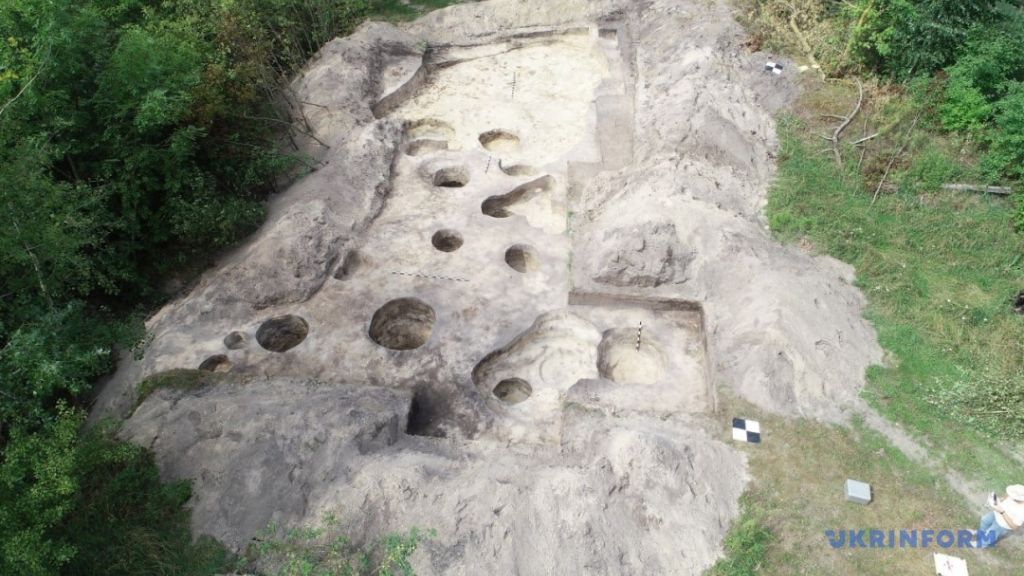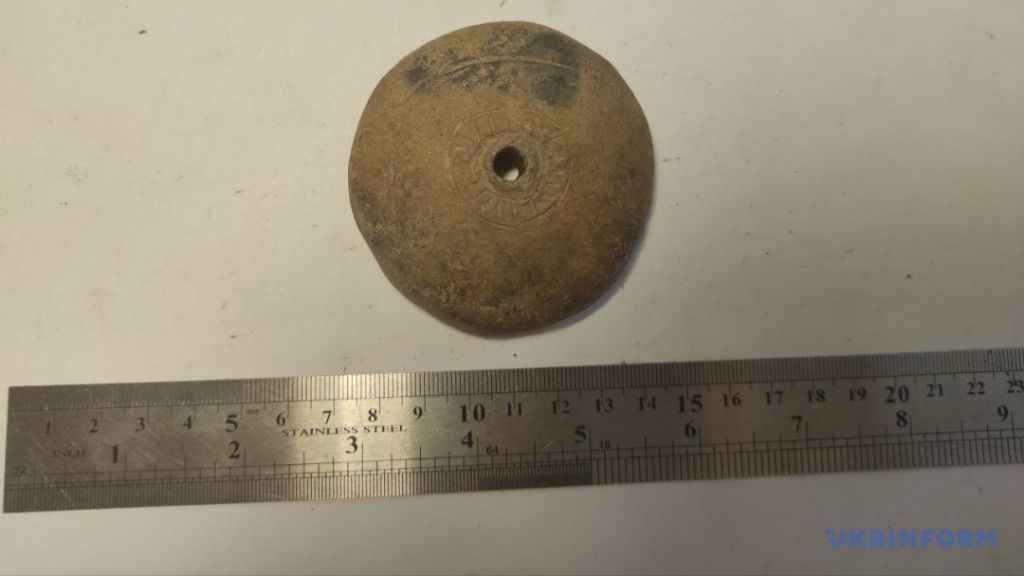Scythian arrowheads and Bronze Age dwelling uncovered in Ukraine
The artifacts date to the fifth and sixth centuries B.C.

Archaeologists in Ukraine recently uncovered a glut of arrowheads, spinning wheels and ceramic fragments that date to the late sixth century and early fifth century B.C., a time when Scythian nomads, renowned for their skill as mounted archers, occupied the area.
The Scythians were a culturally related group of nomadic tribes that occupied large regions of grassland between China and the northern coast of the Black Sea from about 800 B.C. to 300 A.D. The fifth-century B.C. Greek historian Herodotus claimed that all Scythians descended from the hero Heracles and a creature that was half-woman and half-snake, with whom Heracles had a son named Scythes. However, modern archaeological and genetic analyses suggest that the Scythians actually emerged from various Siberian, East Asian and Yamnaya Eurasian groups, and that the tribes were ethnically diverse.
Remnants of Scythian culture can be found at the Bilsk Historical and Cultural Reserve near the village of Bilsk in the Poltava province of central Ukraine. There, between the rivers Vorskla and Sukha Hrunia, lay the remains of a 12,300-acre (5,000 hectare) settlement from which a wealth of artifacts have been excavated in recent decades, according to Ukraїner, a media project aimed at sharing cultural stories of Ukraine.
Human-made earthen ramparts can still be found at the fortified settlement, which many scholars associate with the ancient city of Gelonus, an important trading hub that Herodotus described in his writings.
Related: Did the Amazon female warriors from Greek mythology really exist?

In the current excavations, archaeologists exploring the reserve discovered 40 objects that date to the Scythian period, including fragments of locally-made Scythian ceramics and Greek tableware likely made in ancient Attica and Olbia, according to an Aug. 21 statement by Ukrinform, Ukraine's state information and news agency. The team also uncovered grain and garbage pits, as well as evidence of "various economic buildings," the statement notes.
The team has not uncovered any ancient dwellings in the area, as "probably, they were destroyed during the development of a quarry that operated in this area in the past years," Ihor Korost, director of the Bilsk Historical and Cultural Reserve, told Ukrinform.
Sign up for the Live Science daily newsletter now
Get the world’s most fascinating discoveries delivered straight to your inbox.
However, the archaeologists did discover the remains of a Late Bronze Age dwelling that measured about 76 square yards (64 square meters) at a nearby site; this dwelling predates the Scythian artifacts and buildings.
"Just imagine, it is more than 3,300 years old!" Korost told Ukrinform of the dwelling. "Further research of the site will make it possible to determine its exact age, establish the stages of development, and features of settlement."
Originally published on Live Science.

Nicoletta Lanese is the health channel editor at Live Science and was previously a news editor and staff writer at the site. She holds a graduate certificate in science communication from UC Santa Cruz and degrees in neuroscience and dance from the University of Florida. Her work has appeared in The Scientist, Science News, the Mercury News, Mongabay and Stanford Medicine Magazine, among other outlets. Based in NYC, she also remains heavily involved in dance and performs in local choreographers' work.









